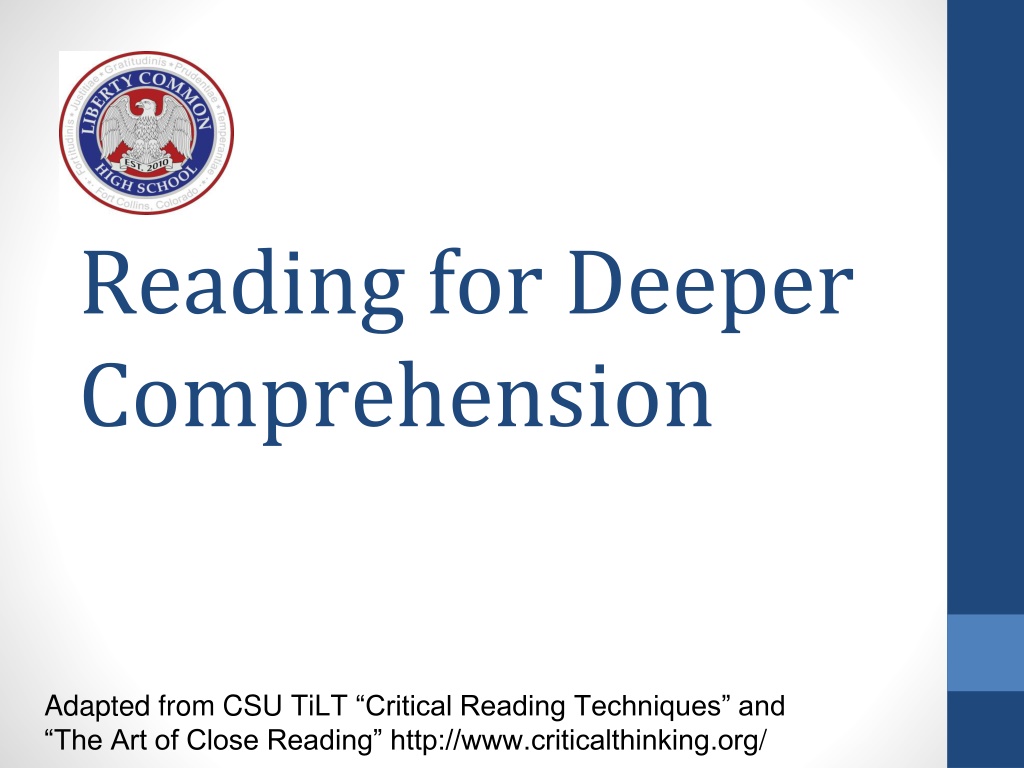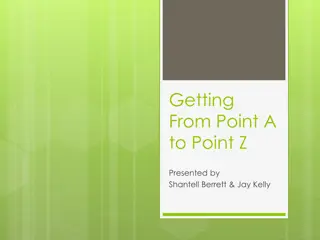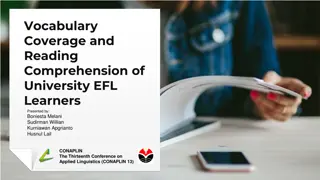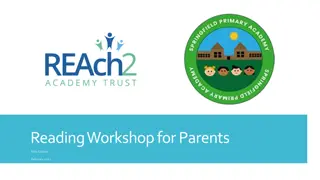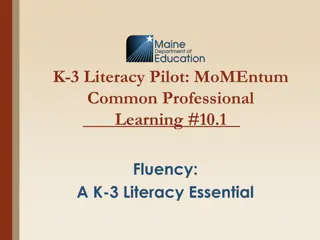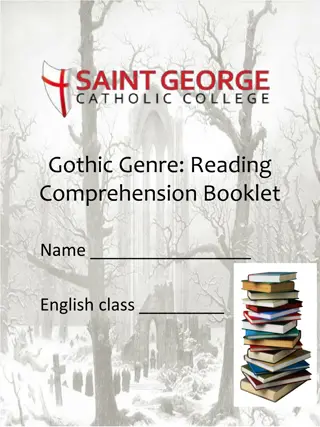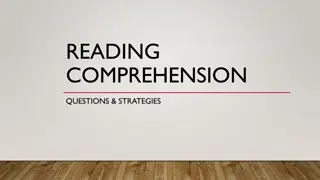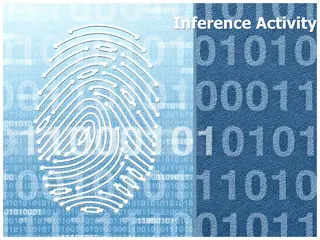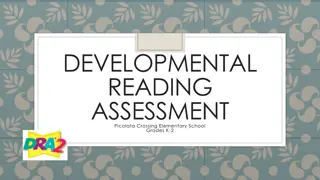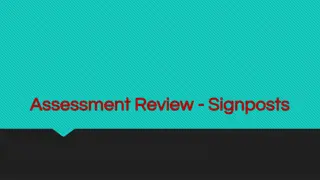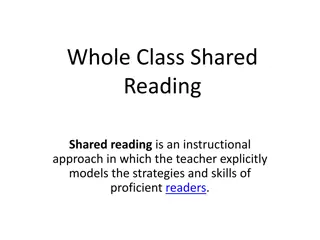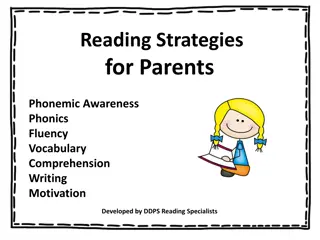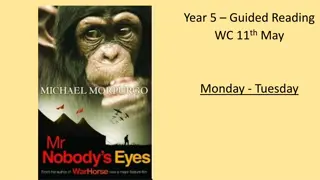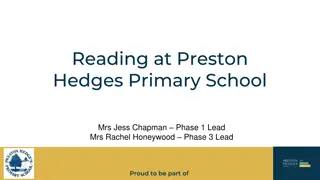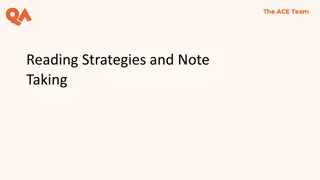Mastering Effective Reading Strategies for Deeper Comprehension
Enhance your reading skills by addressing common challenges such as managing time, staying focused, understanding content, and recalling information. Explore practical solutions like creating reading schedules, optimizing reading environments, clarifying terms, taking notes, and active reading techniques to improve comprehension and retention.
Download Presentation

Please find below an Image/Link to download the presentation.
The content on the website is provided AS IS for your information and personal use only. It may not be sold, licensed, or shared on other websites without obtaining consent from the author. Download presentation by click this link. If you encounter any issues during the download, it is possible that the publisher has removed the file from their server.
E N D
Presentation Transcript
Reading for Deeper Comprehension Adapted from CSU TiLT Critical Reading Techniques and The Art of Close Reading http://www.criticalthinking.org/
Common Challenges Habits Amount of reading vs amount of time Staying focused while reading Comprehension Not understanding the reading Can t recall or apply the reading
Amount of time vs reading Challenge: Too many reading assignments. Not enough time. Can t keep up with the amount of class reading. This is a time management problem not a speed reading problem. Handle this by controlling your time. Possible Solutions: Add up total pages for the week and create a reading schedule with daily targets. EX: 150 pages = 30 pages each week night Prioritize your readings. Devote the most time to the reading with the most complex concepts.
Staying focused while reading Challenge: Can t sustain my attention or keep focused on my reading. Take care of yourself in order to focus! Possible Solutions: Did you need to eat, sleep, or exercise briefly before focusing on your work? Choose the best time of day for your reading. When are you most alert? Choose the best location for your reading. Where are you likely to not be distracted?
Not understanding the reading Challenges: Don t understand the key concepts while reading. Possible Solutions: Take time to clear up your understanding of specific terms with a glossary or dictionary Work with a study group or friend to read and discuss Listen along to an audio version while you read The recording keeps you on rhythm and reading along keeps you focused Use active and close reading strategies that follow
Cant recall or apply the reading Challenge: I can t recall what I just read. I can t apply what I read. Possible Solutions: Take notes and annotate while you are reading. Draw diagrams or concept maps. Find pictures or 3D models of what you are studying. Think of how the information relates to your life. Backtrack and reread when needed. Use active and close reading strategies that follow
Active Reading Research shows that good readers are active, rather than passive. They take control. Good readers are strategic readers. They attack their reading with a set of strategies. Good readers monitor themselves while reading (metacognition) and have fix- up strategies when understanding breaks down. Strategies for: Before you read While you read After you read
Active Reading Before you read Set up your environment. Do you have enough time, light, energy, correct materials? Ask yourself What type of reading is this? What theme or main idea am I reading for? What is my purpose in reading? What is the author s purpose? What to I already know? How does it fit my understanding of the topic? What is the structure of the text, and how can I use it to my advantage when taking notes? EX: History text make a time line Scientific process make a flow chart
Active Reading While you read Read the material carefully. Take notes! Use a variety of strategies such as: Making annotations in the margins Highlighting and underlining key facts Summarizing main ideas as you read Pay attention to boldface key terms and definitions. When material becomes confusing, reread and clarify concepts before going on.
Active Reading While you read Monitor your comprehension by asking the following questions: Can I summarize the meaning of this text in my own words? Can I give examples from my own experience of what the text is saying? Can I generate metaphors and diagrams to illustrate what the text is saying? What is clear to me and what do I need clarified? Can I connect the core ideas in this text to other core ideas I understand?
Active Reading History and English You should have an opinion about what you read! Think about whether you agree or disagree with the ideas presented Analyze what would make intriguing arguments for and/or against the author s viewpoint. Keep a list of these arguments it will make coming up with ideas for papers easier later!
Active Reading After you read Review your notes Create re-notes that identify the main themes running through multiple readings for the class. How do they tie together? Make connections to your previous knowledge: How can I relate this idea to something I already understand? Is there an important idea here that I can use in my thinking? Have I ever experienced a situation that sheds light on this idea? Try reciting in your own words a summary of the reading or answers to study questions.
